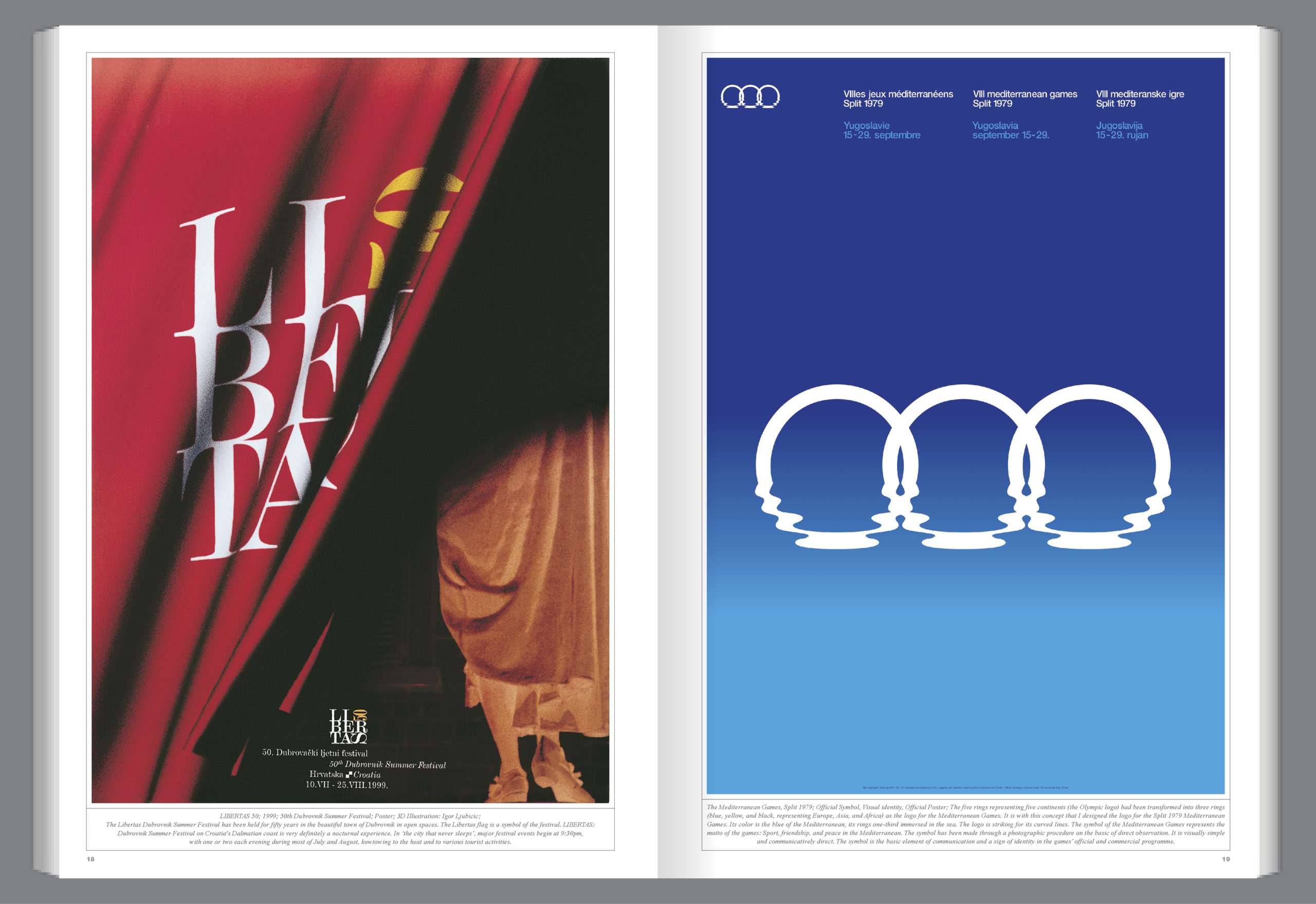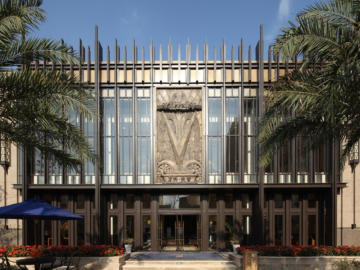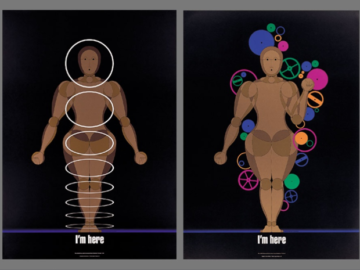With Graphis Journal #371 available for preorder, let’s look into the wonderful array of designers, advertisers, photographers, and more in this latest issue!
Coming in from Croatia, Graphis Master Boris Ljubicic graduated from the Academy of Fine Arts in Zagreb, where he had studied painting. Dedicating his time to graphic design and visual communications as a freelancer, he broke onto the design scene with his logo for the 8th Mediterranean Sports Games in Split (1979) (below, right). He went on to open his design firm, STUDIO INTERNATIONAL, in 1986, where he continues to work as an art director while his son, Igor, runs the studio. A recognized explorer of visual communications and design, his work covers all design categories from visual identity, typography, and billboards to books, TV, and web design. Not only are his works exhibited in half a dozen most significant international competitions, but they also regularly appear in international magazines and specialized publications that influence future design.
According to Ljubicic, his works are “dissimilar, challenging, and confusing”. He also likes to including messaging in his designs to make them double-coded. For example, his self-portrait (above), which he created as promotional material for an exhibition of his in the Museum of Arts and Crafts, fuses two different photos of Ljubicic, one clean-shaven and the other with a beard, together. The image works to correspond with the exhibition’s title, Square & Circle; those are two basic yet opposed geometrical shapes, just like the planes of Ljubicic’s face.






